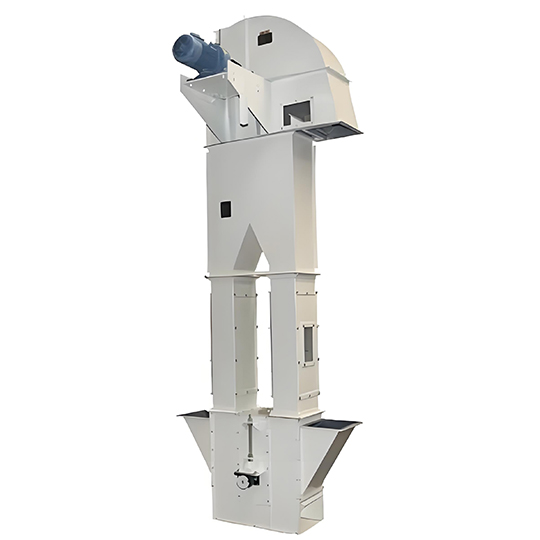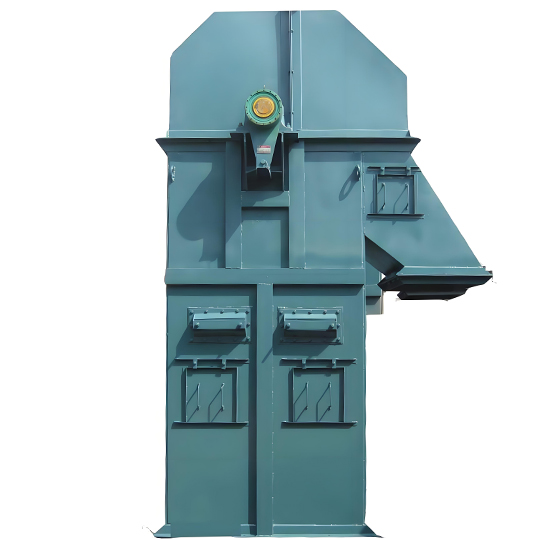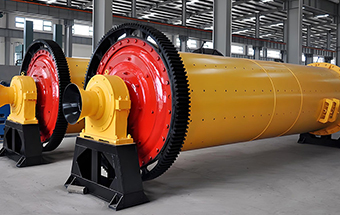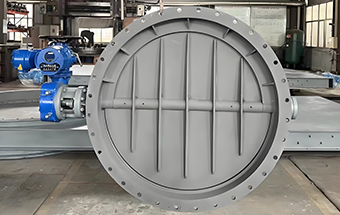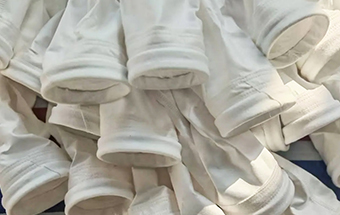Bucket Elevator
- Vertical Material Transport
- Energy Efficient
- Wide Material Compatibility
- High Reliability
- Gentle & Durable
Industry-Leading Bucket Elevator Manufacturer
As a premier bucket elevator manufacturer, DARKO brings over a decade of vertical conveying expertise to global industries. Our ISO-certified lifting systems, exported to 30+ countries, provide reliable material handling solutions for cement, mining, grain, chemical, and construction applications – delivering high-capacity vertical transport with energy-efficient operation.

Bucket Elevator Working Principle
The buckets scoop material from the lower storage area and carry it upward via conveyor belt or chain. When reaching the top, the buckets rotate over the head pulley/sprocket and tilt downward to discharge material into the receiving trough. Belt-driven bucket elevators typically use rubber belts installed on drive pulleys (top or bottom) and return pulleys, while chain-driven models feature two parallel transmission chains with drive sprockets (top or bottom) and return sprockets. The entire system is enclosed within a casing to prevent dust emission.
Bucket elevators are designed for vertical material transport from low to high elevation. Materials are fed into the buckets through a vibrating feeder, enabling continuous automated upward conveying operation.
Advantages of Bucket Elevator
Bucket elevators offer compact design, high conveying efficiency, excellent sealing, smooth operation and easy maintenance, providing an ideal vertical conveying solution for various powdered, granular and lump materials in industrial applications.

Features modular construction with minimal footprint, ideal for space-constrained industrial sites.

Combines gravity-fed loading with induced discharge, reducing energy consumption by over 30% compared to conventional conveyors.

Handles materials ranging from powders to lumps up to 5cm, including highly abrasive substances.

Double-sealed construction maintains dust concentration below 10mg/m³, meeting environmental standards.

Wear-resistant alloy steel components deliver 8-10 years lifespan under normal operating conditions.

Standard PLC monitoring provides real-time operation data and fault alerts.

Single-unit vertical lifting reaches up to 80m, accommodating diverse elevation requirements.

Requires only monthly lubrication, with annual upkeep costs below 3% of equipment value.
Our Service Process
Our end-to-end service ensures high-efficiency material handling solutions with reliable performance and fast technical support.
We analyze your production requirements to provide customized equipment selection ensuring perfect system compatibility.
Our senior engineers create personalized solutions with optimized system configuration based on your specifications.
Detailed pricing covering equipment, installation, shipping and after-sales service with no hidden costs.
Strict quality control at our ISO-certified factory guarantees reliable equipment performance.
Dedicated logistics team ensures on-time delivery with complete installation guidance and training.
24/7 technical support with scheduled maintenance alerts and fast spare parts delivery.
What is a Bucket Elevator?
The bucket elevator vertically conveys materials from low to high positions via vibration-fed buckets. It features adjustable speed, customizable height, and food-grade PP buckets, with automatic start/stop control for packaging systems.
Darko provides professional bucket elevator solutions. We also produce explosion-proof bucket elevators compliant with the EU ATEX Directive. We ensure accurate selection and efficient conveying for your needs!
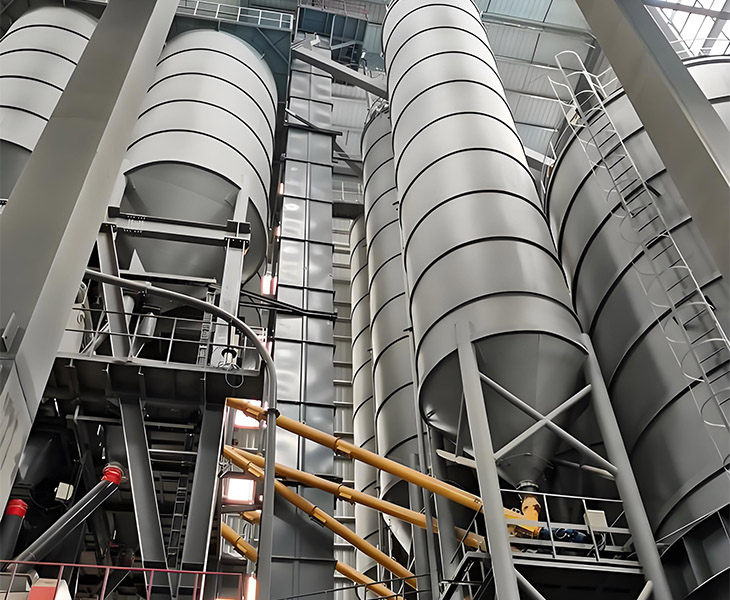
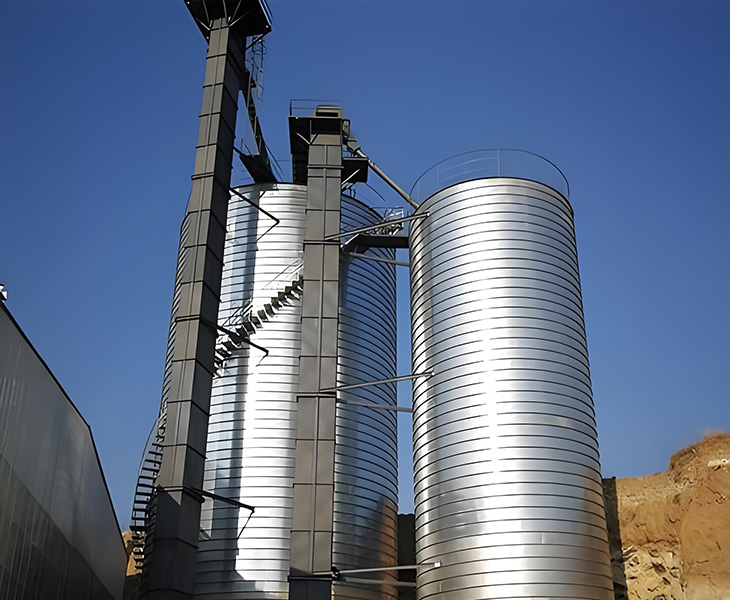
NE/NSE/NB Series Plate Chain Bucket Elevator
The NE Series chain bucket elevator is an innovative design that utilizes chain plate transmission, differing from the older TB Series models. Notably, its model numbering reflects hourly capacity (tons) rather than bucket width – for example, NE150 denotes 150-ton/hour capacity, not 150mm bucket width. This series delivers exceptional lifting efficiency, with variants including the NSE type and high-speed chain bucket elevators for different operational speeds.
TH Series Bucket Elevator
The TH series bucket elevator is a widely used lifting equipment featuring forged circular chains for enhanced mechanical strength. Designed primarily for conveying powders, small granules, and lump materials, it delivers greater capacity and higher operational efficiency compared to the TD series, making it particularly suitable for handling higher-density materials.
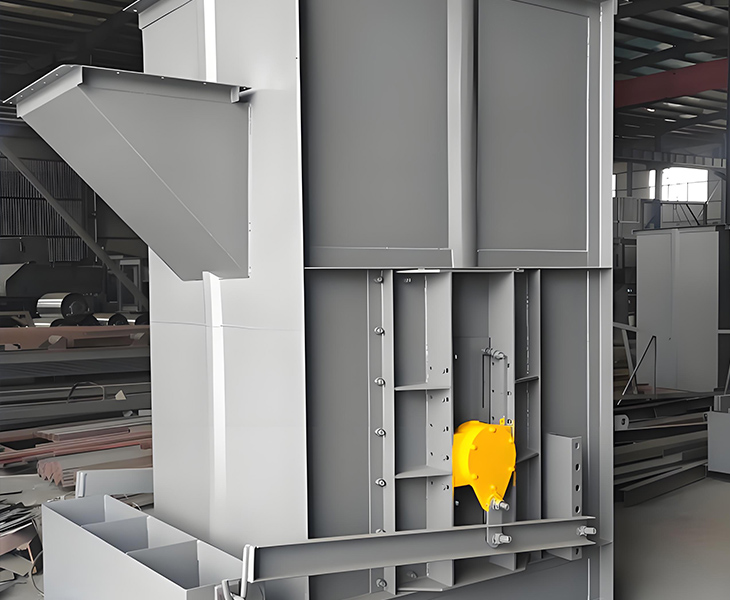
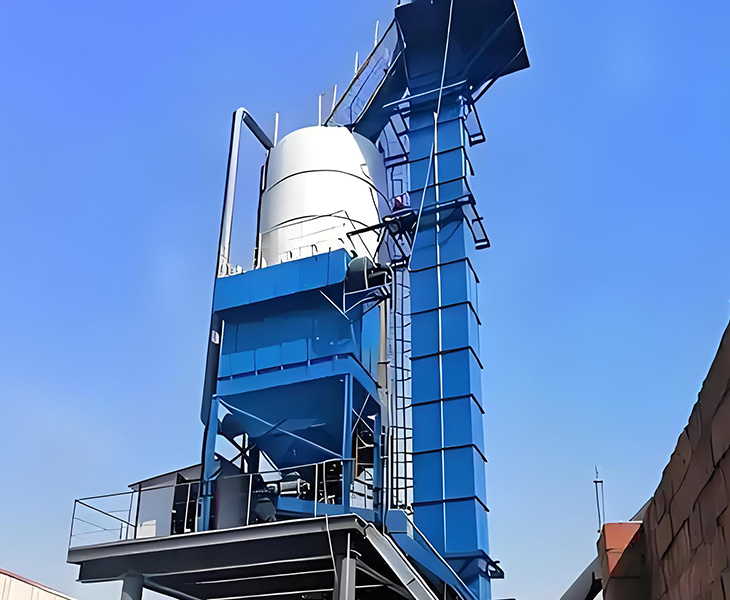
TD Series Bucket Elevator
The TD series bucket elevator is a heavy-duty vertical conveying system that utilizes rubber belt transmission with reinforced steel cord cores, offering superior flexibility and impact resistance compared to chain-driven models. Designed for continuous operation in demanding industrial environments, this series excels in handling abrasive and high-temperature materials up to 250°C, featuring deep-profile buckets for optimized material retention and spill-free operation. The modular design allows customizable lifting heights up to 60 meters with standard capacities ranging from 5 to 365 m³/h, while its belt tension monitoring system ensures reliable performance in cement, mining, and grain processing applications.
Own Factory, High Quality Manufacturing Power
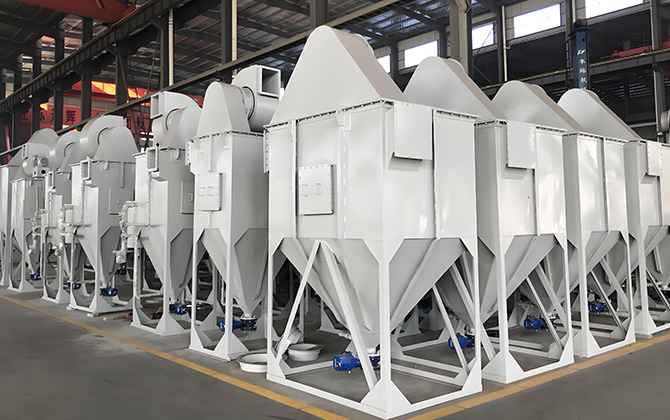
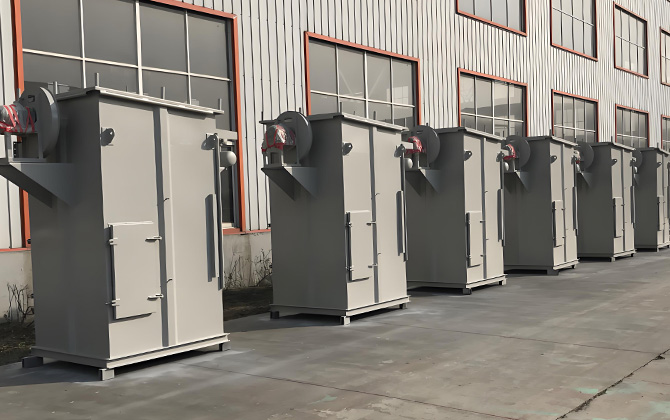
As a professional cement equipment manufacturer with 10 years of industry experience, Darko combines innovative engineering with reliable production capabilities. Our ISO-certified facility produces 400+ dust collection systems and 450+ conveying systems annually, serving 500+ global clients with complete solutions from cement silos to dust control systems.
Backed by patented technologies and an experienced R&D team, we specialize in customized, non-standard designs to meet diverse project requirements. Equipped with advanced manufacturing facilities and strict quality control, we ensure every product meets the highest international standards while delivering cost-effective, environmentally friendly solutions for cement plants and industrial applications worldwide.
Related Product
As a leading manufacturer of material handling systems, we provide a complete range of conveying solutions to optimize your production line. In addition to bucket elevators, explore our high-performance conveying equipment:

Ideal for horizontal or inclined transportation of bulk materials with low energy consumption. Features durable construction, smooth operation, and customizable lengths/widths for mining, grain, and packaging applications.

Enclosed structure effectively prevents dust and leakage, specially designed for powders and small particles. Can be integrated into automated conveying systems, widely used in chemical and food processing industries.
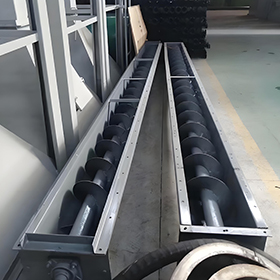
Heavy-duty version for larger-capacity conveying of granular or semi-fluid materials. Features enhanced torque resistance and wear-resistant coatings for cement, fertilizer, and wastewater treatment plants.
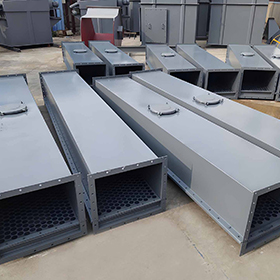
Pneumatic conveying solution for fine dry powders (e.g., cement, fly ash). Zero moving parts, energy-efficient airflow design with minimal maintenance requirements.
Professional Customized Conveying System Solutions
Precision-engineered material handling systems tailored to your production requirements
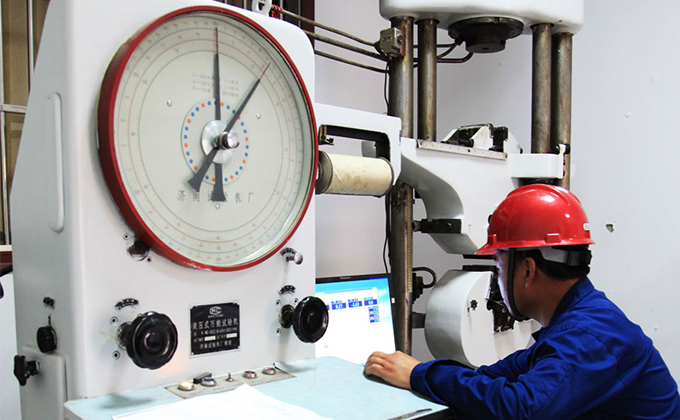
We provide complete standard and custom conveying systems tailored to your material handling requirements. Our engineering team designs reliable bucket elevators, belt conveyors, screw conveyors and pneumatic systems using premium components and smart configurations. All equipment is manufactured in-house with strict quality control to ensure seamless integration with your operations. We optimize each system for your specific materials, capacity needs and facility layout to deliver maximum efficiency and longevity.
Our conveying systems come with comprehensive worldwide service and maintenance support. From installation supervision to operator training and 24/7 technical assistance, we ensure your equipment maintains peak performance. We offer remote monitoring options, preventive maintenance programs and genuine spare parts to minimize downtime. Our durable, wear-resistant designs coupled with responsive after-sales service guarantee smooth material handling operations throughout your system’s lifecycle.
More about Bucket Elevators
By fully understanding the relevant technical parameters and structural technology of the bucket elevator , you will have a clearer understanding of the performance advantages and application value of the equipment.
- Technical Parameters
- Series Comparison Table
- Technologies
- Bucket Elevator Diagram
| Parameter Category | Technical Specifications | Remarks/Calculation Formula | Typical Values |
|---|---|---|---|
| Capacity | Theoretical Capacity (m³/h) | Q=3.6×V×a×ψ×γ | 10-500 m³/h |
| Actual Capacity (m³/h) | Q’=Q×K (K=Operating Factor 0.7-1.2) | 7-420 m³/h | |
| Operating Parameters | Lifting Speed (m/s) | Centrifugal:1.5-3.5|Gravity:0.4-1.2 | 1.8 m/s |
| Drive Power (kW) | P=Q×H×g×γ/(367×η) | 3-75 kW | |
| Mechanical Structure | Bucket Volume (L) | Shallow Bucket:0.5-7.6|Deep Bucket:1.0-29.6 | 3.2 L (Shallow) |
| Bucket Spacing (mm) | Determined by bucket type & speed | 200-600 mm | |
| Chain/Belt Specification | Round Chain:Φ10-Φ32|Belt:EP300-EP800 | Φ18×64-MT | |
| Material Compatibility | Max. Particle Size (mm) | ≤1/3 bucket width | Powder/≤30mm Particles |
| Operating Temperature (℃) | Standard:≤80|High-Temp:≤200 | 80℃ (Standard) | |
| Material Bulk Density (t/m³) | Standard Range:0.5-1.6 | Cement:1.2 | |
| Dimensional Parameters | Lifting Height (m) | 5-60m (Sectional Design Required) | 25m |
| Head Section Dimensions (L×W×H) | Determined by capacity | 1800×1200×800mm | |
| Electrical Parameters | Motor Protection Rating | IP55/IP65 (Dust/Waterproof) | IP55 |
| Gearbox Ratio | Selected based on speed requirements | 1:31.5 |
| Model | TD Series | TH Series | NE Series |
|---|---|---|---|
| Structure | Rubber Belt + Shallow Buckets | Round Chain + Deep Buckets | Plate Chain + Medium Buckets |
| Speed | 1.5-2.5m/s | 0.4-1.2m/s | 0.5-1.5m/s |
| Temp. Resistance | ≤80℃ | ≤120℃ | ≤200℃ |
| Industries | Grain/Fertilizer | Cement/Mining | Chemical/High-Temp Materials |
Bucket elevators consist of several essential components, including buckets, drive assemblies, head and tail pulleys (or sprockets), belts (or traction chains), tensioning devices, and enclosures .
Traction Elements
(1) Rubber Belts
-
Buckets are mounted to belts using screws and elastic washers.
-
Belts should be 35–40 mm wider than the buckets.
-
Standard belts can handle materials up to 60°C, while heat-resistant belts are suitable for temperatures up to 150°C.
(2) Chains
-
Single chains are attached to the back wall of buckets.
-
Double chains connect to both sides of buckets.
-
Selection guidelines:
-
Single-chain for bucket widths of 160–250 mm.
-
Double-chain for bucket widths of 320–630 mm.
-
-
Disadvantage: High wear between chain links increases maintenance frequency.
(3) Sprockets
-
Sprockets engage with precision-pitch chain links to transmit motion.
-
They can be solid or spoked gears, designed for smooth interaction with roller chains.
Sprocket Design Considerations:
-
Tooth profile must ensure smooth engagement/disengagement of chain links.
-
Minimizes impact and contact stress during operation.
-
Material selection:
-
Must provide high strength and wear resistance.
-
Heat-treated surfaces for enhanced hardness.
-
Bucket Types & Applications
| Bucket Type | Design Features | Recommended Applications |
|---|---|---|
| Cylindrical Deep Bucket | Slanted opening, deep design | Dry, free-flowing granular materials (e.g., grains, sand) |
| Shallow Bucket | Slanted opening, low depth | Moist, cohesive granular materials (e.g., wet clay, sugar) |
| Triangular Bucket | Self-discharging design | Directional material flow (e.g., seeds, small pellets) |
| Sharp-Angle Bucket | Extended sidewalls act as guide rails | Highly viscous or heavy lump materials (e.g., coal, ore) |
Key Features of Sharp-Angle Buckets:
-
Sidewalls extend beyond the base, forming a discharge chute.
-
Ideal for sticky or heavy block materials due to forced discharge.
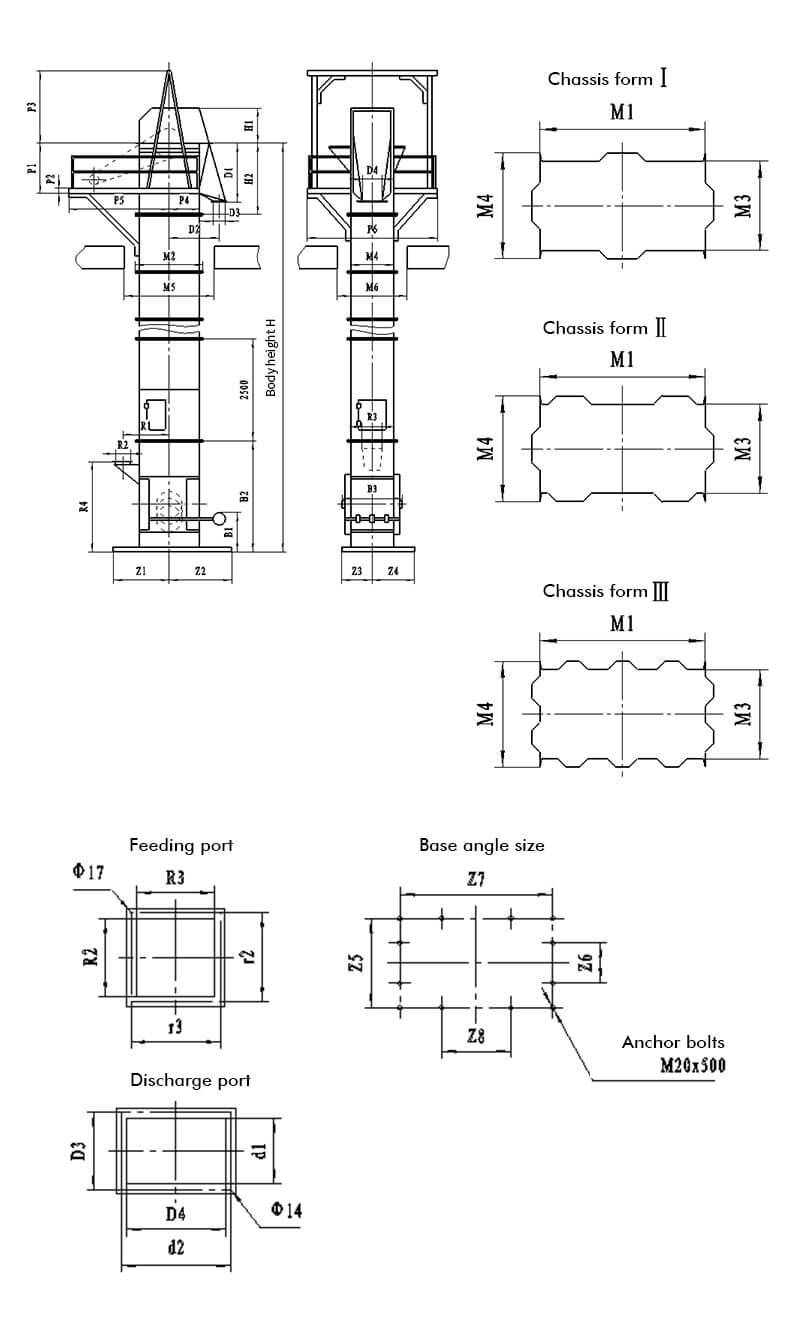
A bucket elevator vertically transports bulk materials using motor-driven buckets attached to a belt/chain. Key stages:
-
Loading: Material fed into the boot (gravity or screw-fed)
-
Lifting: Buckets carry material upward at 0.3-3 m/s speeds
-
Discharge: Centrifugal force (high-speed) or gravity (low-speed) empties buckets at the head pulley
-
Return: Empty buckets descend back to the boot
| Factor | Bucket Elevator | Pneumatic Conveyor |
|---|---|---|
| Capacity | High (up to 500 m³/h) | Moderate (<100 m³/h) |
| Energy Use | Lower (0.5-5 kW per ton) | Higher (2-10 kW per ton) |
| Maintenance | Chains/buckets need replacement | Filters/pipes wear out |
| Best For | Heavy/fragile materials | Dusty/explosive materials |
Common causes & fixes:
-
Cause 1: Worn/loose belt → Tighten or replace belt
-
Cause 2: Moisture buildup → Install boot heaters
-
Cause 3: Overloading → Reduce feed rate by 15-20%
-
Cause 4: Misaligned pulley → Laser-align pulleys
Related Product
-
High-efficiency grinding with adjustable fineness, ideal for cement production.
-
-
-
-
Scientific Selection Guide for Bucket Elevators
As a critical lifting equipment in industrial production lines, the proper selection of bucket elevators directly impacts operational efficiency and long-term costs. Incorrect model selection can lead to insufficient capacity, accelerated wear, material buildup, and other operational issues. Below is an engineered, step-by-step selection methodology validated through industrial applications.
1. Material Characteristics Analysis (Selection Basis)
① Physical Properties Inspection
-
Powdered Materials (e.g., cement, fly ash)
-
Granular Materials (e.g., grains, plastic pellets)
-
Lump Materials (e.g., coal, ores)
② Special Property Evaluation
-
Adhesiveness: Anti-stick designs required for cohesive materials
-
Moisture Content: >5% requires drainage provisions
-
Corrosiveness: Stainless steel buckets for acidic/alkaline materials
③ Bulk Density Verification
-
Standard models suit materials with density ≤1.6 g/cm³
-
High-density materials (e.g., metal powders) require recalculation of:
✓ Traction force coefficient
✓ Shaft tensile strength
✓ Motor power compensation
2. Key Parameters Matching
| Factor | Calculation Basis | Adjustment Coefficient |
|---|---|---|
| Theoretical Capacity | Bucket volume × Speed × Fill rate | Material flowability (0.7-1.2) |
| Actual Capacity | Theoretical value × Conditions | Temperature/humidity factors |
3. Discharge System Optimization
✔ Centrifugal Discharge (Best for powders)
-
Applications: Dry, free-flowing powders
-
Bucket Type: Shallow/curved buckets (+30% efficiency)
-
Speed: 45-60 rpm
✔ Gravity Discharge (For lump materials)
-
Applications: Fragile or large particles
-
Bucket Type: Deep buckets (anti-spillage design)
-
Speed: <30 rpm
Replacement intervals depend on:
-
Material Abrasiveness: Cement plants: 12-18 months | Grain mills: 3-5 years
-
Maintenance: Proper lubrication extends life by 30%
-
Signs of Wear: >3% chain elongation or cracked bushings
Cement industry requires:
-
Type: Centrifugal discharge with heavy-duty buckets
-
Material: Ni-hard coated buckets (lasts 3× longer)
-
Safety: ATEX certification for dust explosions
-
Capacity: Minimum 20% over design throughput
| Feature | Grain Leg | General Bucket Elevator |
|---|---|---|
| Purpose | Optimized for grain | Versatile material handling |
| Bucket Type | Shallow/spiral buckets (residue-resistant) | Deep/angled buckets (heavy-duty) |
| Hygiene | Food-grade cleanability | Standard industrial cleaning |
| Material | Stainless steel/galvanized | Carbon/wear-resistant steel |
| Sealing | Dust/pest-proof sealing | Basic sealing |




